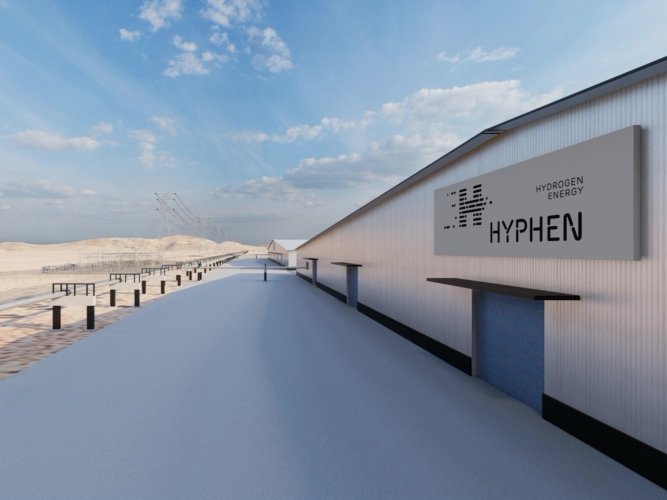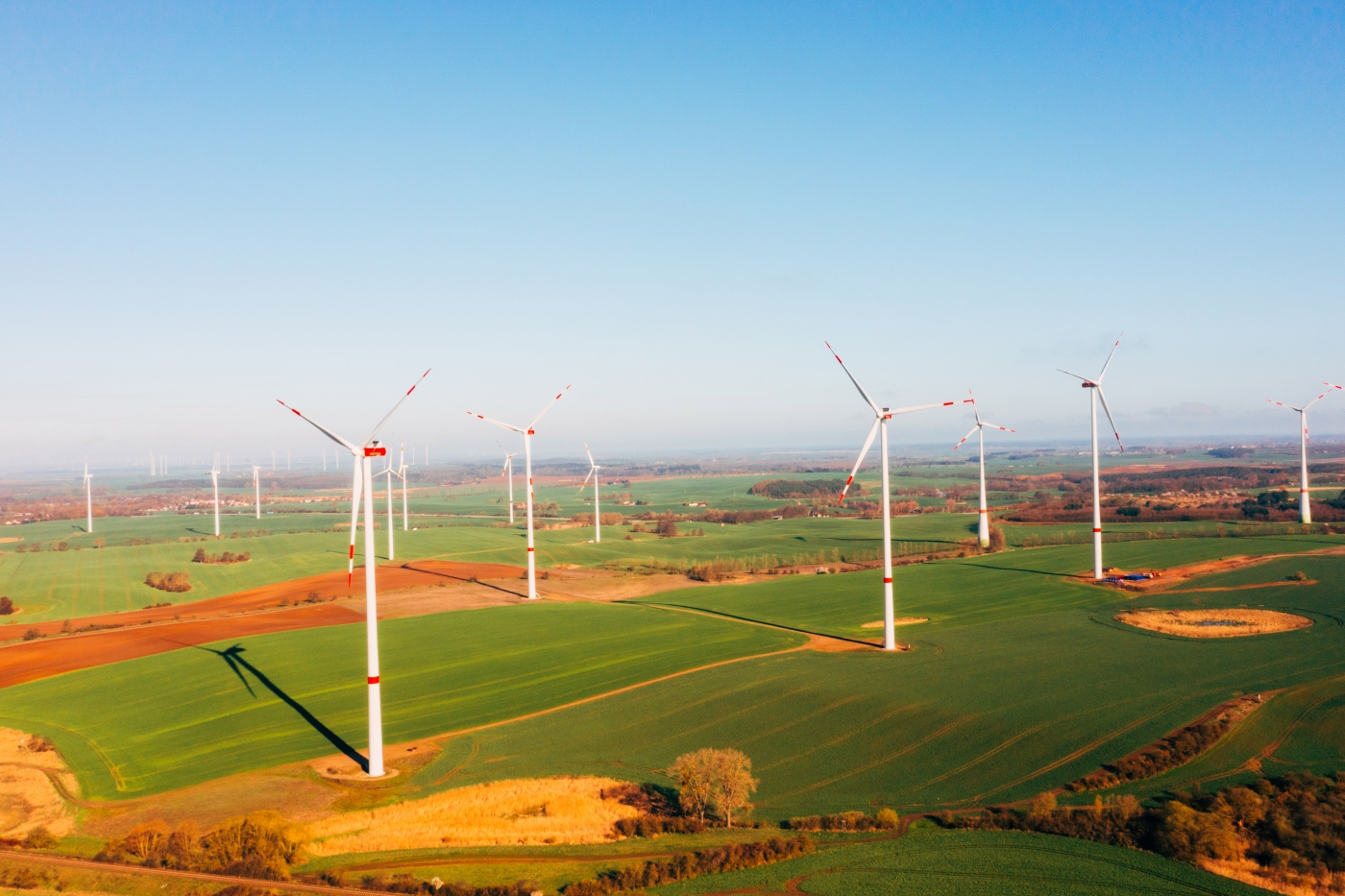
Hyphen: Project for green hydrogen in Namibia
Hyphen: Project for green hydrogen in Namibia
Green hydrogen and ammonia: In Namibia, ENERTRAG is making a contribution to achieving the global decarbonization targets.

IPCEI joint project creates a strong hub for green hydrogen.
Integrated and networked projects are the only way to achieve an efficient hydrogen economy in Germany and Europe. This is accurately what the ENERTRAG project ‘Electrolysis Corridor East Germany’ stands for. This is part of the joint project ‘doing hydrogen’, which links together innovative individual projects in Eastern Germany – and is an important building block for the implementation of the German and European hydrogen strategy.
The transformation from natural gas to green hydrogen requires the establishment of a hydrogen-based value chain. To produce sufficient green hydrogen, electrolyzers need to be built on a large scale – as well as renewable energy plants to supply the necessary green electricity. ENERTRAG does both.
In the electrolysis corridor in Eastern Germany, the capacities are spread across two locations in Mecklenburg-Western Pomerania and Brandenburg. The total installed capacity of the electrolyzers is 185 megawatt.
The centerpiece of the ‘Electrolysis Corridor Eastern Germany’ is the use of the existing gas grid infrastructure for hydrogen production. Both electrolyzers form a transnational corridor along the hydrogen pipeline and will feed around 17,000 tonnes of locally produced hydrogen into the pipeline each year.
Thanks to the geographical distribution of the sites, ENERTRAG is making a valuable contribution to regional development and enabling the efficient utilization of renewable resources. H2 production refines surplus electricity that would otherwise remain unused, thereby increasing local value creation.
It is estimated that the electrolysis corridor in Eastern Germany will avoid greenhouse gas emissions of around 135,000 tonnes of carbon dioxide equivalents per year in the first 20 years of operation.
| Locations: Brandenburg and Mecklenburg-Western Pomerania |
| Renewable energy capacity: 185 MW electrolysis |
| Hydrogen production: 17,000 t of hydrogen per year |
| Investment costs: 94 million euros |
| Funding program: Funding program Important Project of Common European Interest (IPCEI) |
| Planned commissioning: 2027 |
| Expected CO2 savings per year: 135.000 t |
Wind turbines utilize the power of the wind to drive rotor blades and, via these, a generator. In this way, electrical energy is generated. Incident sunlight is used to generate electrical energy in solar cells.
Electrolyzers split water into hydrogen and oxygen with the help of electricity from local wind and solar power plants.




As an independent energy company, ENERTRAG generates electricity and heat exclusively from renewable sources and supplies secure, affordable renewable energy for all areas of life. With over 30 years of experience, ENERTRAG combines all the expertise required for successful operation and efficient maintenance, for citizen-centered planning, reliable construction of energy plants and grids through to complete integrated power plants.
Stay up to date with the latest articles from the press area.